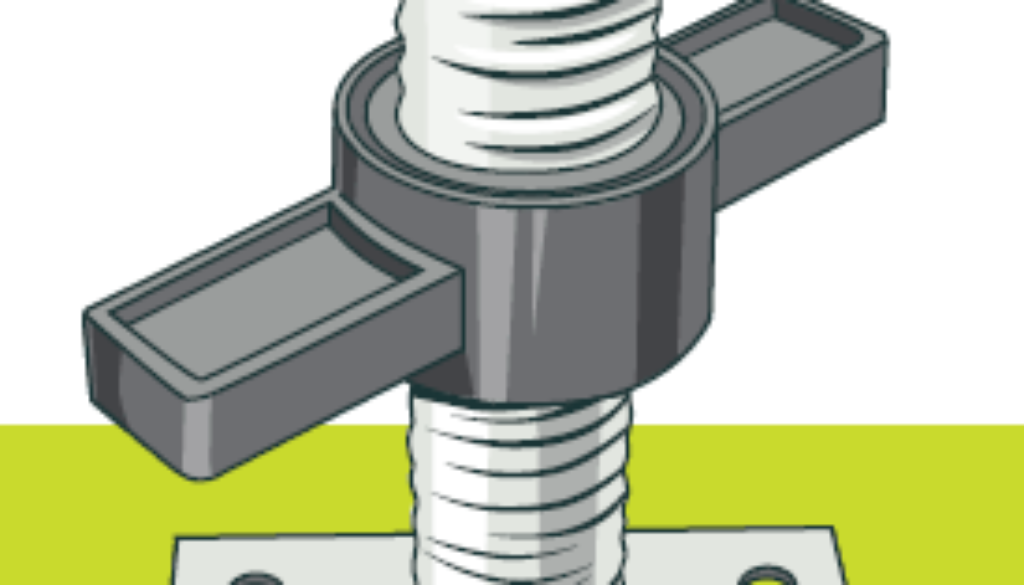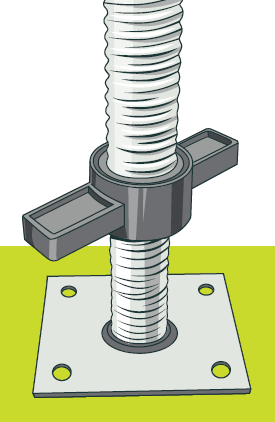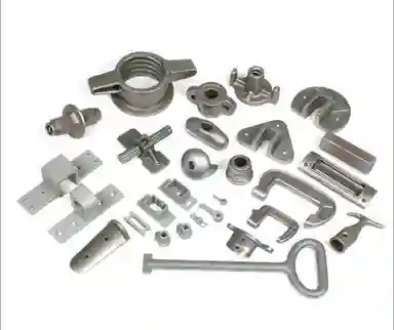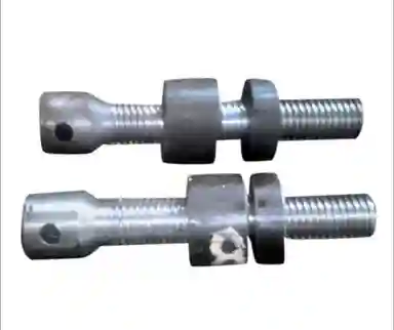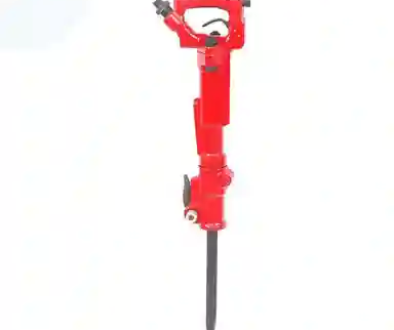Base plate Manufectring
A flat supporting plate or frame at the base of a column, designed to distribute the column’s weight over a greater area and provide increased stability.
Scaffold Base Plate is a foot plate for scaffold systems of Ring lock Scaffolding, Kwik stage Scaffolding, Cup lock Scaffolding, Scaffolding Frames, Tube and Clamp Scaffold. Socket Base Plate is used to as Socket of Universal Jacks, Scaffold Poles. Base Plate is Mainly Used to Spread The Load Onto The Sole Plates.
All uprights or standards of a scaffold are to be mounted on a steel base plate. The thickness of the steel base plate shall be a minimum 6mm and size shall be of 150 mm x 150mm. Irrespective of the supporting ground condition or concrete surface, the base plate is to be used mandatory.
The purpose of the mud sill under the scaffold base plate is to uniformly distribute the scaffold load over a larger area than that distributed by the base plate alone, thereby reducing the loading on the ground beneath the base plates.
Types of Base Plate
- Flat Base.
- Angle Flat.
- Ribbed or spigot.
A minimum thickness of 12 mm is recommended for posts and lightly loaded columns, while 20 mm minimum thickness is recommended for normal applications Preferred plate thicknesses for the base plate are: 12, 16, 20, 25, 28, 32, 36, 40. Base plates are typically cut to size using thermal processes.
